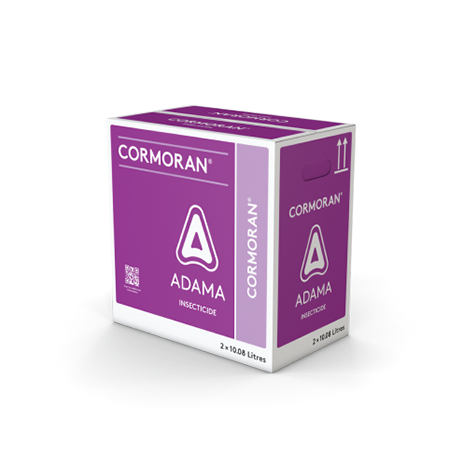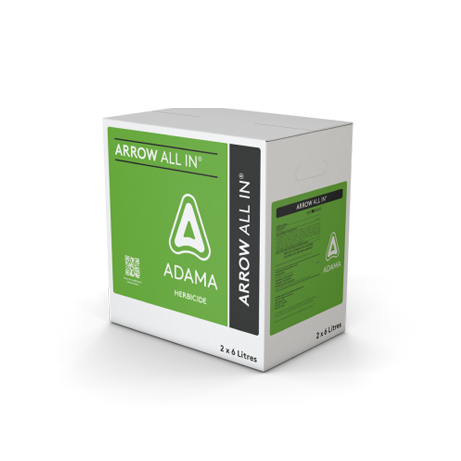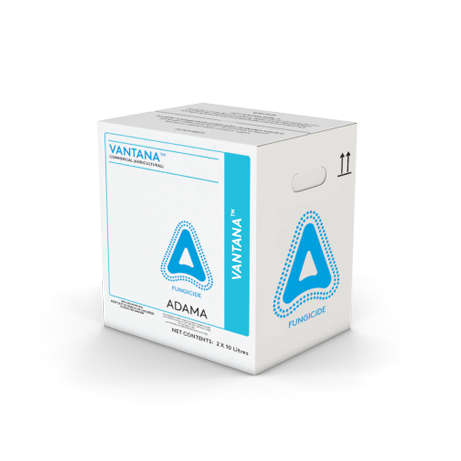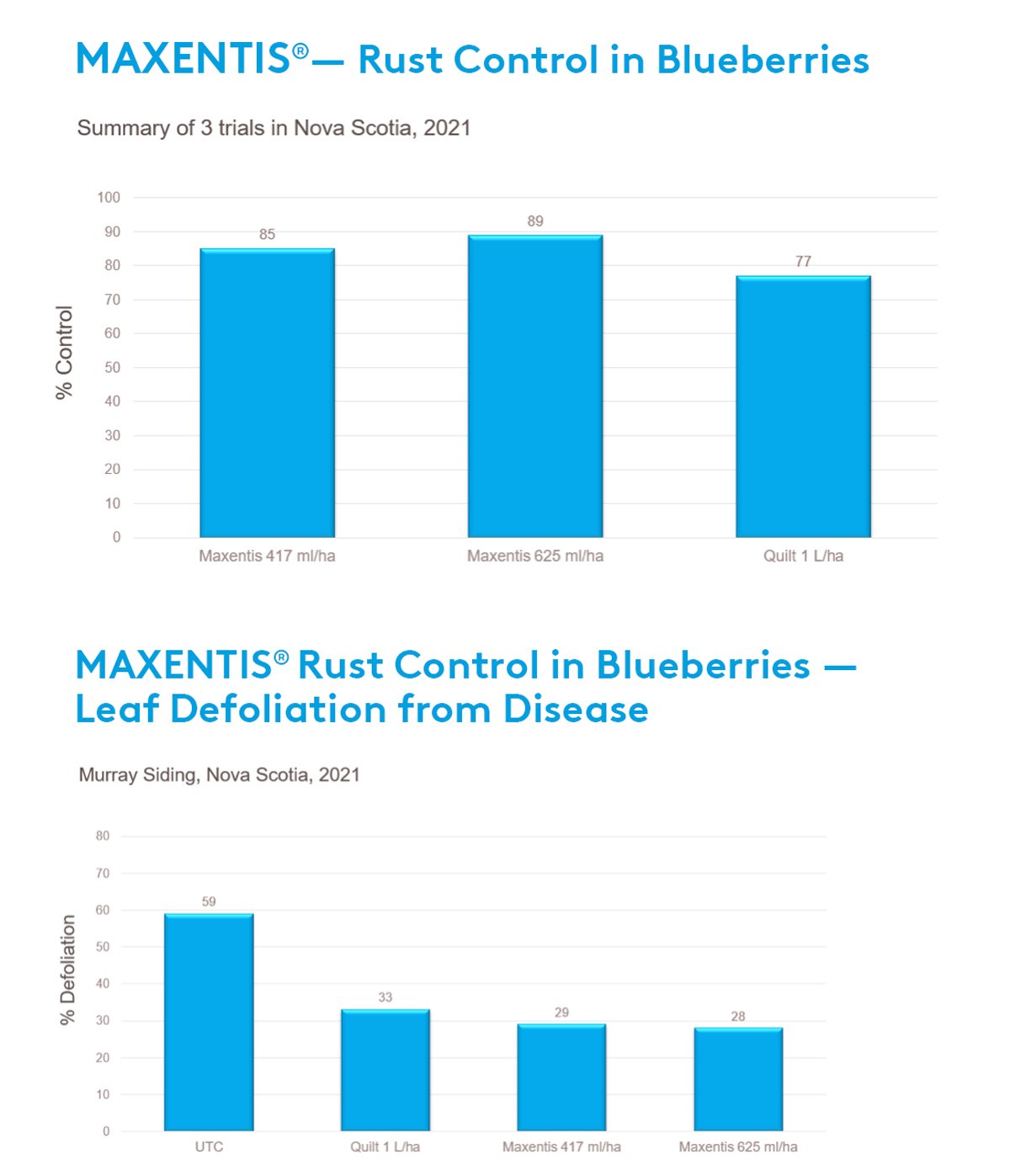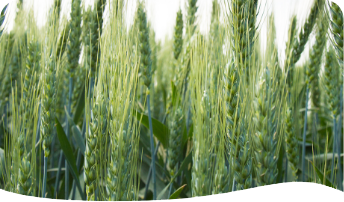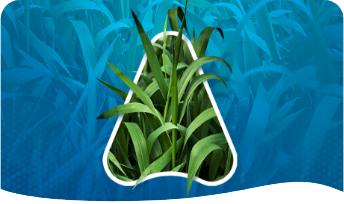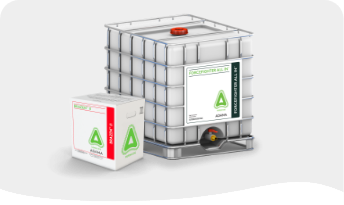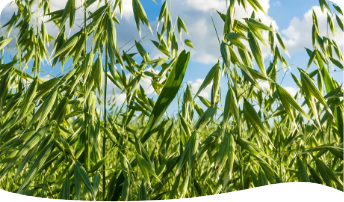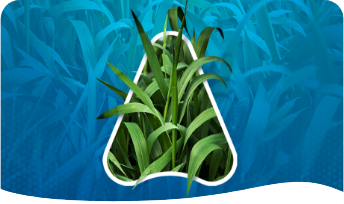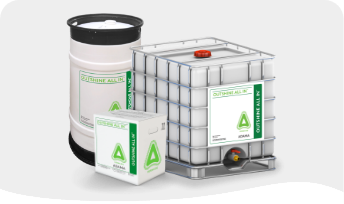WE ARE All InOn Potatoes
When it comes to potatoes, controlling insects and nutrient robbing weeds paves the way for a great harvest.
ADAMA provides Canadian potato growers with more choices and better options by using the world’s largest library of actives to formulate new and timely solutions.
Maximize your saleable potatoes and protect against insects, weeds and diseases with our complete portfolio of potato protection products.
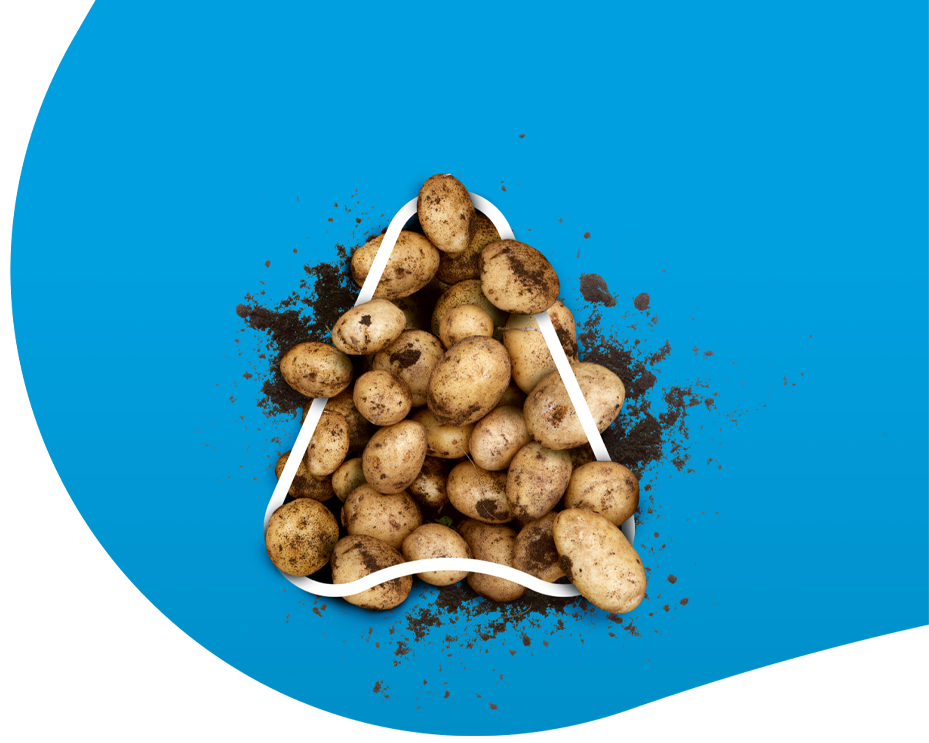
Key Potato Solutions
Learning Center
Sucking and chewing pests, such as Colarado Potato Beetle and aphids, will quickly rob your yield if not controlled. Scouting for these damaging pests is essential to keeping your potatoes healthy and saleable.
Colorado Potato Beetle (CPB) and aphids are monitored at the same time so you can use the same sites for both. It is recommended to use 10 random sites throughout the field and 5 plants within that site for a total of 50 plants.

Colorado Potato Beetle (CPB)
The most damaging stages of CPB are the larvae and the adult beetles. It’s very important to sample before row closure as well as after and record the number of adults and/or larvae in the plants. An average of 4 egg masses per 50 plants can indicate a potential problem. The high threshold is more than 25 adults or 75 larvae in a sample of 50 plants.

Aphids
The sample leaf should be from the mid-section or lower half of the plant. Later in the season, as the lower leaves begin to senesce, sample 3 green leaves and 2 senescing leaves per site. Aphids typically arrive in July. At tuber initiation to 2 weeks before vine kill, the threshold is 4 aphids per leaf. Within 2 weeks of vine kill, this threshold becomes 10 aphids per leaf.
Controlling sucking and chewing pests with CORMORAN®

Why choose CORMORAN®?
- Rapid knockdown action combined with extended residual control
- Dual modes of action for resistance management
- Control of all damaging stages of target insects including immatures and adults
- Two distinct modes of action providing excellent control
- Excellent rotational product
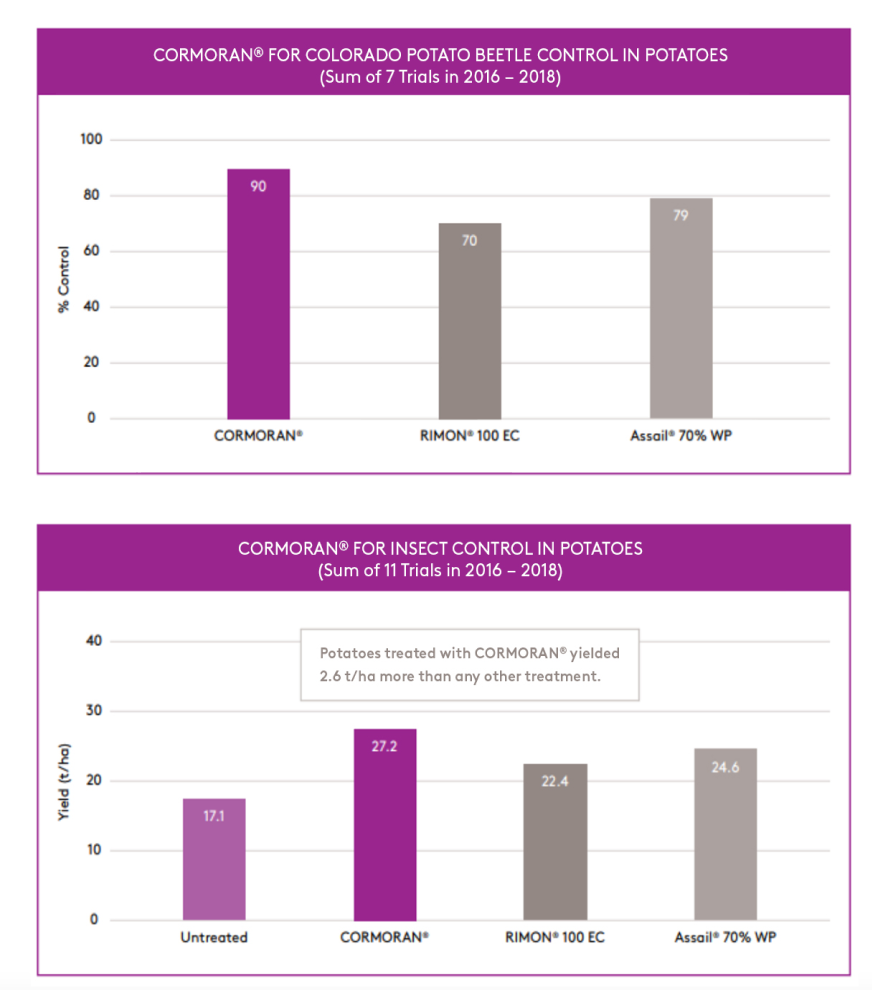

SQUADRON® and ARROW ALL IN® herbicides provide broad-spectrum activity on your key grasses and broadleaf weeds.

SQUADRON®: Broad-spectrum weed control for potatoes
Timing Matters
Coordination of properly timed tillage operations and herbicide applications is critical for successful, season-long weed control. Weed size matters. Effective weed control measures should be implemented before potato row closure. Allowing weeds to remain for as long as three weeks after potato emergence can result in yield loss.
- Metribuzin herbicide is safe to apply emerged potatoes and has foliar activity on emerged broadleaf weeds.
- Tank-mix/rotate herbicides with different mechanisms of action and design tank mixtures to target the weeds present in a given field.
How it works
Metribuzin inhibits the photosynthesis of grassy and broadleaf weeds. Used pre-emergently, susceptible weeds and crop seedlings emerge through treated soil, but 2–5 days later the weeds show chlorosis and necrosis. Plants treated post-emergently show chlorosis and necrosis between leaf veins, followed by wilting and death.

ARROW ALL IN®: Grass control with a built-in surfactant
How it works
The active ingredient is translocated from the treated foliage to the growing points of the leaves, shoots and roots. Leaf foliage will first change from green to yellowish, then purplish and finally brown. Newest leaf of affected plant pulls out easily in 3 – 5 days. Time required for complete control is normally 7 – 21 days following treatment, depending on growing conditions and crop competition.
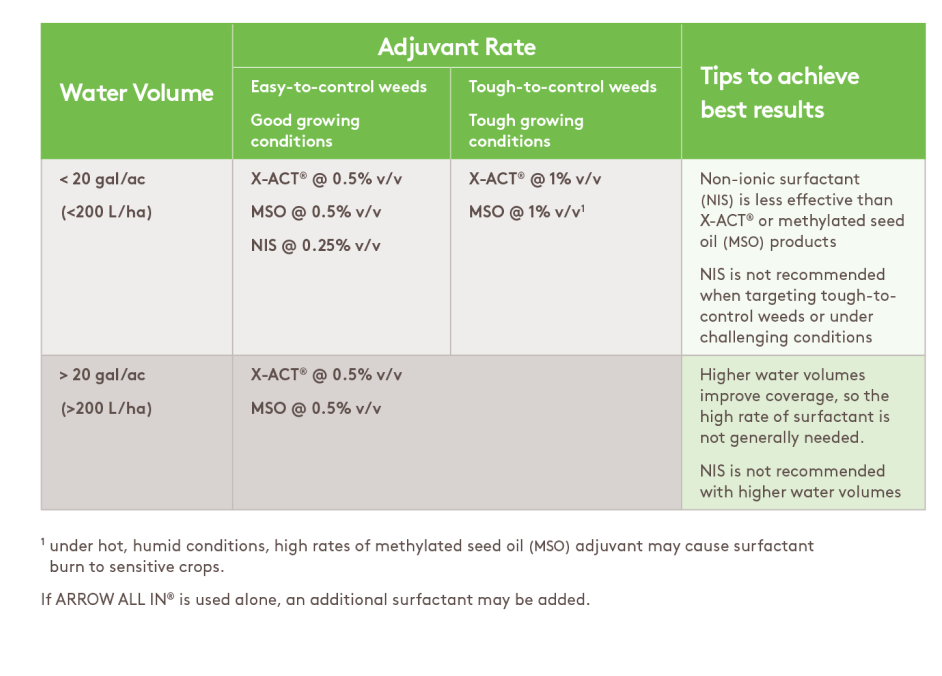


With access to over 275 active ingredients worldwide, on of ADAMA’s key strengths and priorities is the development of first-to-improve products. ZIVATA™ is one of those products and it offers the performance you have come to expect from traditional lambda cyhalothrin products with other key benefits:
Why choose ZIVATA™
- Advanced formulation using sustainable plant-based materials
- Low Volatile Organic Compound (VOC) with low-odour formulation
- Improved user experience and flexibility of use around odour-sensitive
- Trusted and proven active ingredient
- Broad range of pests and use patterns
Resistance management tips:
- IDENTIFY fields where Colorado potato beetles are at high risk of developing resistance.
- ROTATE among different insecticide mode-of-action groups.
- APPLY FULL LABEL RATE of insecticides.
- EMPLOY MULTIPLE PRACTICES. Do not rely on insecticides alone.
- USE ECONOMIC THRESHOLDS when making decisions about spraying.
- LEAVE UNTREATED REFUGES in which susceptible beetles can survive.


Late blight is one of the most devastating diseases of potatoes –it can destroy a potato field in a few days, if the weather is wet and no effective fungicides have been applied.
The following guidelines will help reduce the risk of a late blight infection.
- Dispose of cull potatoes and seed slivers properly by burying to a depth of 60 cm before any potatoes emerge in the spring.
- Control volunteer potato plants as they emerge.
- Plant certified seed that is free of late blight (from late-blight-free production areas).
- To not over-irrigate. Monitor irrigations carefully.
- Do not irrigate when free moisture will stay on leaves for an extended time, i.e. try to water during late night and early morning so foliage can dry quickly during daytime hours.
- Avoid having wet spots in fields.
- Shut off the inner two towers of center pivot systems.
- Apply protectant fungicides.
- Start the first application when foliage is 15 cm high and again just before row closure.
- Apply additional fungicides according to crop growth and weather conditions.
What to look for:
- On stems: elongated, dark brown to black spots or streaks
- On leaves: initial lesions are dark green water-soaked areas often near the margin or tip of leaflets. Then the lesions turn dark brown.
Resources
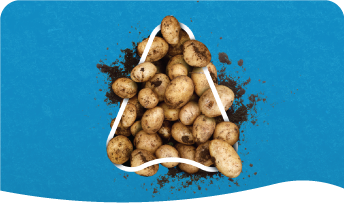
Potatoes Product Guide
When it comes to improving the yield potential of your potatoes, ADAMA is pleased to provide you with an exceptional lineup of new innovations and proven performers. And now planning your program just got easier with the Potatoes Product Guide.
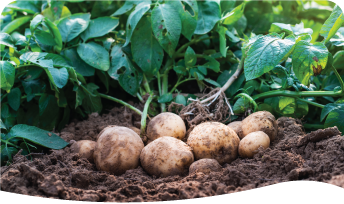
Potatoes Solutions
With new solutions potatoes solutions, ADAMA’s portfolio is always improving. View the full potatoes portfolio of herbicides, fungicides & insecticides for full season protection.
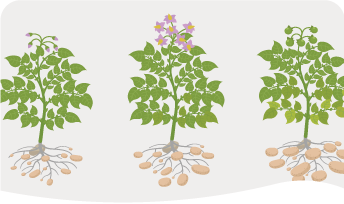
Potatoes Growth Stage Chart
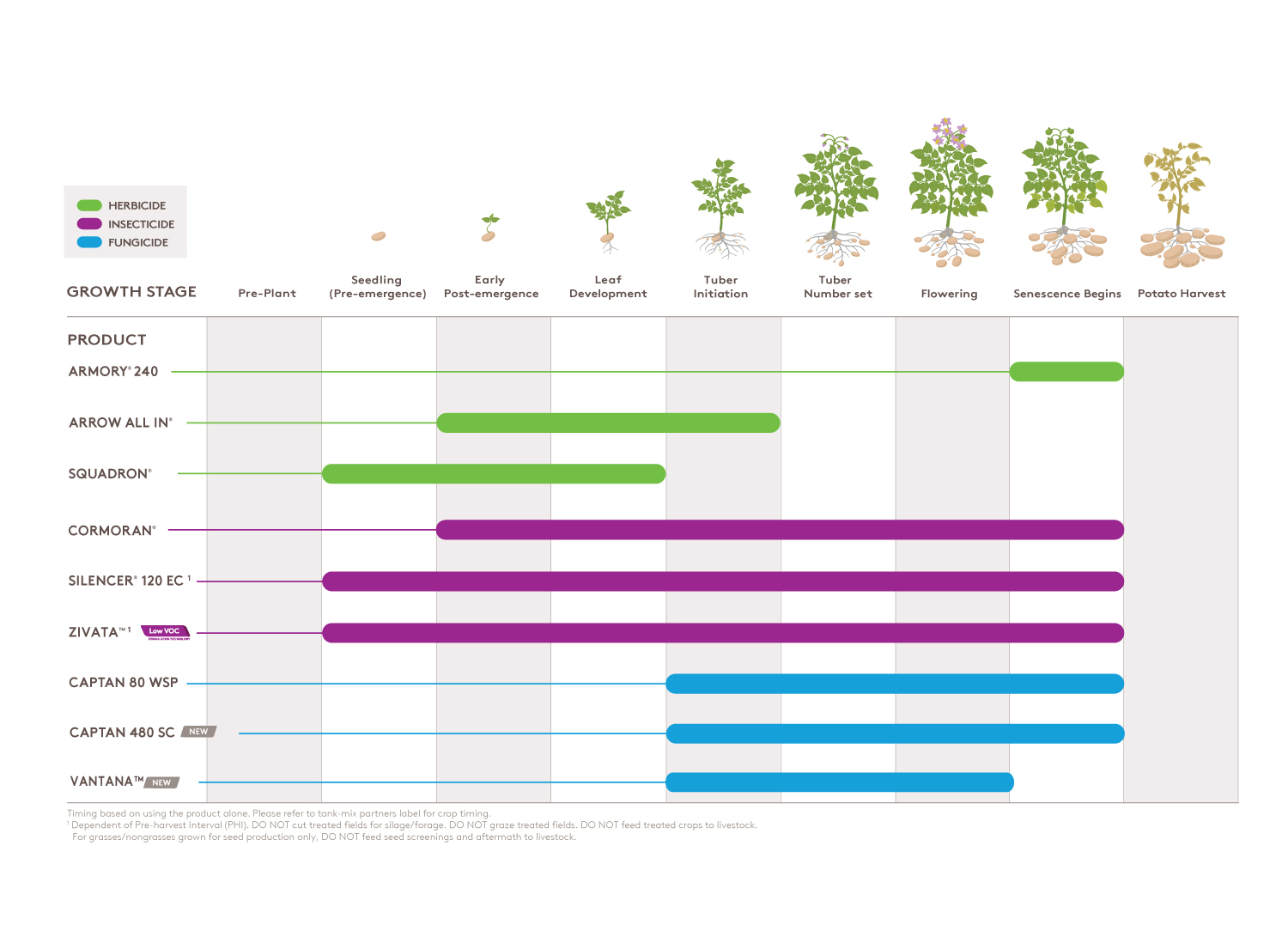

Sign up for the ADAMA Innovations Newsletter.
Receive information on our newest products, formulation improvements, online tools and other agronomic resources – for free!
We want to help
If you’ve got questions about our innovative lineup of potato products or want help improving your yield performance, your local ADAMA representative is only a call away.
Find your rep
